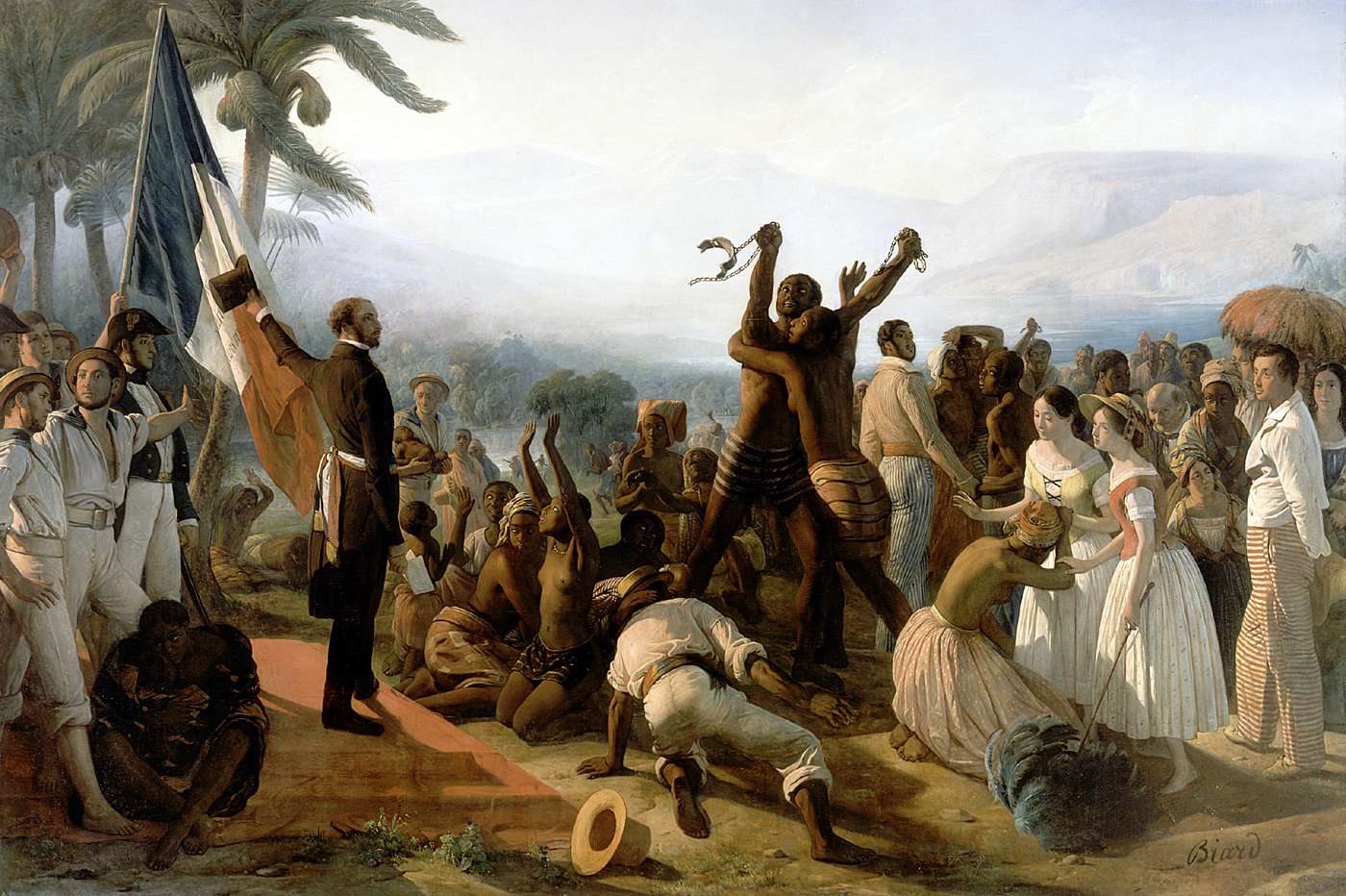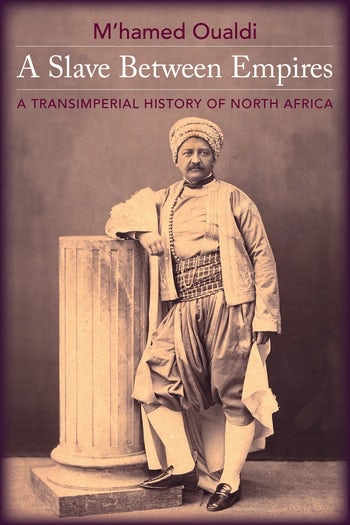Decolonising Maghreb history

He was born in Caucasus in the 1820s, sold as a slave in the markets of Anatolia and brought up as a 'Mamluk' in the palace of the Ottoman governors in Tunisia. But he was educated and trained in one of the elite institutions and quickly moved up the administrative service ladder, becoming the mayor of Tunis in the 1860s.
He was subsequently appointed as Tunisia’s first minister of education, a role he served till the country was taken over by the French forces in 1881, putting an end to three centuries of Ottoman rule. Then he was forced to exile to the Italian city of Florence where he died in 1887. But his demise spawned new disputes over his inheritance that pitted the Ottomans, the Tunisian, French and Italian governments, and representatives of Muslim and Jewish diasporic communities against each other.
Husayn Ibn 'Abdallah, a manumitted-slave-turned-dignitary in the Ottoman province of Tunis, was the product of Ottoman reforms, as well as being himself a strong advocate of socio-economic reform and the abolition of slavery. M’hamed Oualdi’s A Slave Between Empires: A Transimperial History of North Africa explores the life of Husayn and the posthumous conflicts over his estate as a case study to rediscover the transnational dimensions of the history of Tunisia and its neighbours.
Many historians and scholars have attempted to view the history of modern Maghreb through the prism of colonialism, relying mostly on French archives and other European sources, many of which treated North African people as shadows in the background of a grand Euro-centric imperial narrative.

This resulted in the neglect of a plethora of primary resources written in Arabic, Ottoman Turkish and Berber, in addition to an entire canon of Judeo-Arabic documents.
De-bunking the grand narrative
Oualdi’s book seeks to problematise this serious historiographic oversight and to chart new lines of historical interpretation. Referencing a wide range of Arabic, French, Italian, and English sources, the book calls into question the grand narrative focussed around the ordeal of colonialisation, and calls for a re-interpretation of colonialism itself, by reconnecting the colonial history of the Maghreb with the broader history of its neighbouring regions and to the wider legacy of pre-colonial times.
Oualdi maintains that far from being a fragment of French/European history, the history of colonial North Africa is shaped by several trans-imperial currents involving North Africans, Middle Eastern Ottoman subjects, Italians and other African-Mediterranean societies.
Thus, the book advocates an entangled history of the Maghreb, feeding not only on European colonial sources, but also looking into what preceded and overlapped with it – primarily the Ottoman provincial culture which flourished in the region for more than three centuries.
Caught between empires
Husayn is portrayed as a typical trans-imperial character caught in the midst of the struggle between Ottoman and French forces for control of the Mediterranean. The story of his life and that of his estate reveal the extent to which Tunisian, North African, French, Italian and Ottoman histories are deeply intertwined.
The disputes over Husayn’s estate after his death involved a wide assortment of people such as lawyers, Italian senators, Parisian bankers, Husayn’s Tunisian servants, Muslims, Christian and Jewish tenants of his properties and members of the Sufi brotherhood in Maghreb, Egypt and Istanbul.
In addition, exploring the history of Tunisia during Husayn’s life and after his death exposes several areas forgotten or underestimated in the grand narrative. For instance, Husayn’s experience of slavery shows us the role of local actors in the legal abolition of slavery, while in Europeanised versions of history, this was something solely dependent on European intervention. One testament to this is the liberal tone and tenor of a letter written by Husayn in 1864 to the U.S. consul in Tunis, explaining how Tunisia had ended its slave trade and expressing his explicit support for the abolition of slavery in the United States.
The first chapter of the book talks about Husayn’s life following his arrival in Tunis as a slave in 1820s to his exile in Florence in 1880, while the second chapter examines Husayn’s assets including his real estate, movable goods and credit, thereby shedding more light on the trans-imperial nature of the debates surrounding public and private property in the Maghreb. The third chapter expands this discussion by talking about Husayn’s handling of two financial scandals in his later career. The scandal involved two Tunisian dignitaries who fled to Europe after embezzling Tunisian public funds. Husayn, on behalf of the Tunisian state, mediated the financial dispute that ensued.[embed:render:embedded:node:27198]
The main thrust of Oualdi's book is to contextualise the history of the colonised societies of North Africa with regard to their Ottoman legacy. Although Ottomans wielded tutelage over Algiers, Tunis, and Tripoli for four centuries, most historical studies still represent these provinces as autonomous regions, independent of Istanbul.
Oualdi reassesses the Ottoman-ness of the Maghreb, examining the lasting effects of the Ottoman legacy in the region. He argues that North Africa was not just the borderland of the Ottoman empire, but also "one of many places for clashes and encounters between competing imperial ambitions".
The book also exposes several inconsistencies inherent in the imperial narrative, such as the incongruity between the high republican principles the imperial powers espoused at home and how they behaved in the colonies they occupied.
An integrated perspective
Oualdi regards bringing the colonial and so-called precolonial periods together into a single framework as essential when seeking to understand the debates and divergences within Maghrebi societies. Reading colonial history from such an integrated perspective can help re-shape and re-adapt existing analytical frameworks. It can also help reveal the significant financial, intellectual and kinship networks across the Mediterranean that historians have either underestimated or ignored.
He maintains that such a trans-imperial perspective is also helpful in understanding the plight of Maghrebi immigrants who have settled in Europe. Their presence in Europe is not solely the result of colonialisation, but also stems from earlier links between Maghrebi societies and the Mediterranean's northern shore in the early modern period.
Muhammed Nafih Wafy
© Qantara.de 2020